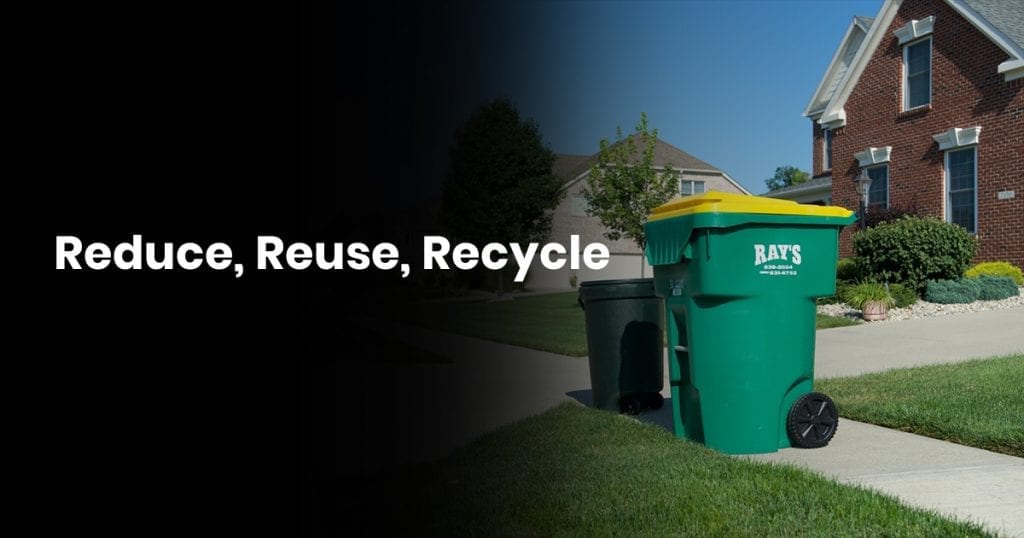Climate change isn’t exactly a future problem that we can wait for—it’s happening right now.
We’re seeing the effects of it every day, yet we’re constantly told “It’s bigger than one person.”
Yes, it is bigger than one person, but change doesn’t start until one person decides to change things, and then that spreads.
We’re all about finding ways to reuse and repurpose items, recycle, and reduce waste in general.
This is a guide to break up these three words and discuss what they all really mean, and how you can use them to make radical changes for the world, starting on a local level.
Contents
What is the Difference Between Those?
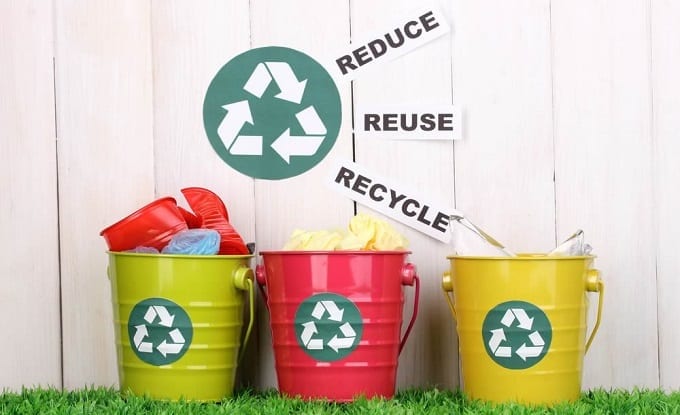
You hear these buzz words thrown together a lot, but it’s for more reasons than just a snappy slogan: these are the building blocks of an environmentally conscious society.
Each play their own role in maintaining our society and effectively saving our planet.
Reducing
It means you’re mitigating the amount of waste that you output on a regular basis.
Stop using so many paper towels to clean up a simple spill, use less chemicals when you clean your floor (because they all end up down the drain), and weigh your garbage so you can see how much waste you’re producing, and do something to stop it.
You can reduce your waste by adapting the next fundamental, which is reusing.
Reusing or repurposing
Reusing items and materials is one of the most beneficial things you can do to help the environment.
Even when you recycle, a truck is still spewing emissions into the air to come pick up that recycling, but reusing doesn’t add any negative effects to the environment.
Reuse glass bottles by sanitizing them, invest in reusable products like reusable freezer bags, cloth diapers, and containers to ditch the single-use ones you’re using now.
You get bonus points if you can reuse other people’s things, like pallets and furniture to make something new out of them.
Recycling
Is taking the smaller amount of waste or items that you’ve reused to their bitter end, and shipping them off to facilities to be sorted.
Here, they’ll either get reused or refined, which is when they’re made into new products of a similar structure.
Even with fuel costs of transporting recycling, the fuel that the centers use, and the refinery costs, it’s still far more effective to recycle materials instead of creating new ones, in terms of emission pollution.
Why Should You Reduce?
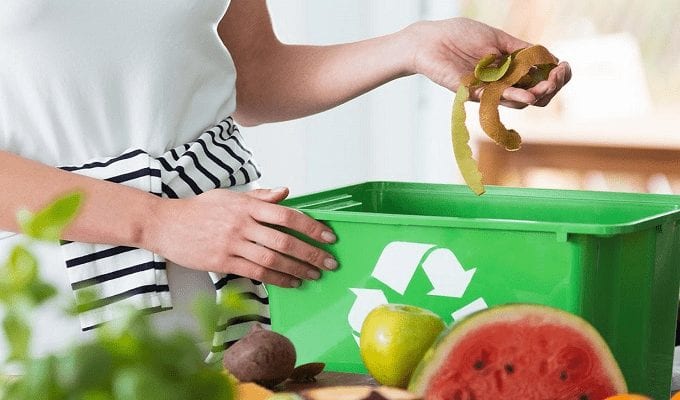
Reducing your waste not only means that less pieces of plastic and styrofoam are going into the landfills, but it also brings down supply and demand.
If nobody is demanding more plastic and styrofoam goods, then businesses aren’t going to just keep making them—they’re in it for the money.
If you stop needing it, they’ll stop making it. This is obviously a grand concept, but if everyone reduced their waste output by 30%, we would see some massive changes.
But it’s about more than just an economic standpoint. We could be recycling far more water than we actually are, which would be a major benefit to the environment.
Since you’re not going to privately fund a water recycling center and hook it up to the city water lines, you can still make a difference by reducing how much water you use.
In America, we waste hundreds of billions of dollars per year in food, and tens of billions of dollars in what could be recyclable products that make it into landfills.
We’re one of the most wasteful countries in the world. While other nations have government-funded systems and laws in place to recycle their waste, we don’t have enough of that, so we can lower those numbers by reducing our own waste on a personal level.
Not only that, but educing waste is going to save you money. You know, that thing that we’re all constantly slaving away over.
We’re tossing ridiculous amounts of money in the trash. Convert to silicone plastic bags for food storage—now you’re reducing your single-use bag consumption down to zero.
Use cotton cloths instead of paper towels for cleaning—now you’re reducing your single-use paper towel cost down to zero.
Rinse, lather, repeat. Even when you compare it to the cost of cleaning reusable items, it’s a fraction of what you’ll spend on single-use items.
Why Should You Reuse?
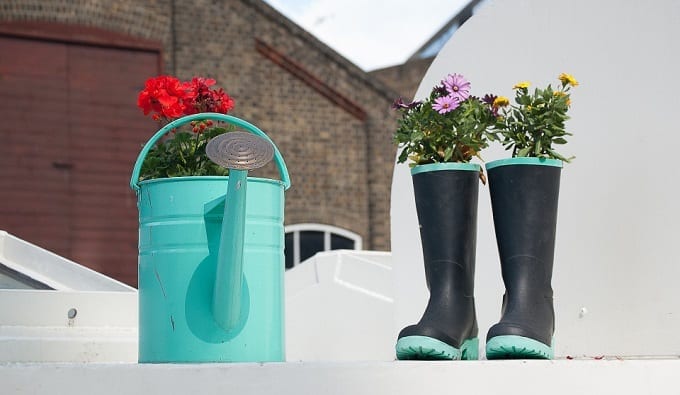
Reuse anything you can: glass bottles, plastic food containers; you can reuse compostable items like Christmas trees, coffee grinds and more to make compost with.
The list of items that you can reuse is enormous, and there’s a ton of reasons why you should start reusing virtually everything you can in your home.
For one, reusing means you’re reducing waste.
If you reuse an item ten times when you would have just thrown it away, that’s ten of those items that you didn’t need to buy, that a company didn’t need to manufacture, and ten less pieces of plastic in landfills or the ocean.
Some items can only be reused so many times. Get your use out of them, then recycle them to seriously minimize your impact on the environment.
However, most people only think of reusing on a personal scale. You can reuse other people’s items as well.
If you go on recycling websites and local community forums, you can find a whole mess of people who are trying to get rid of things, but don’t want to throw them out.
Those are things that you can reuse time and time again that don’t impact the environment.
Reusing Can Save You Money
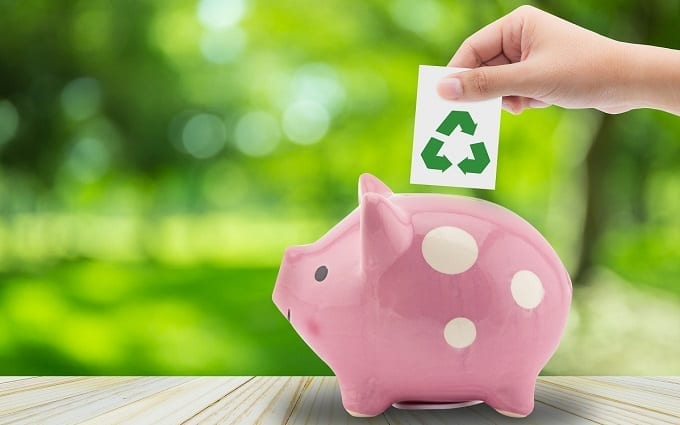
One of the biggest reasons that people repurpose and reuse is to save money.
If we were able to adapt less wasteful mindsets and lifestyles, we could each save thousands of dollars of year per household.
One major expense that affects most people are diaper costs. On average, people will use over 5,600 diapers in the first year of a baby’s life (the infant months use the most diapers).
Not only is that 5,600 dollops of chemicals that bleed into the soil and poison it, but just think of the sheer amount of money that’s being spent.
Even if you get discount diapers, you can expect to spend about $1,032 during the first year of your baby’s life.
Or, you could get reusable diapers that are a one-time expense. Even if you factor in the cleaning costs of reusable diapers, you’re saving 80-85%.
Reusable Ziplock bags are also a big expense that people don’t think about on an annual basis. If you have kids and pack their lunches, you’ll be going through a lot of these bags every year.
Each household is different, but you can expect to pay a few hundred dollars for these each year.
The alternative is spending about 30% of that cost to get a batch of reusable PEVA or silicone bags, which have an average of a five-year lifespan on them.
Reusable water bottles also save a lot of money, as well as greatly reduce your environmental impact.
The argument is always “But spring water tastes better, I don’t like tap water.”
Nobody is blaming you there, but kitchen filters have advanced significantly over the years, and can produce extremely clean water with little to no dissolved solids in them (which is what attributes to a tinny taste in most tap water).
Get a $50 filter, get a $10 reusable water bottle, and drink ‘til your heart’s content.
If you’re drinking the recommended amount of water each day and were previously getting all of that water from disposable bottles, that’s 1,460 pieces of plastic that won’t end up in the ocean this year.
Pod filters are another great one. You remember when Keurig basically dominated the world for a few years as the best gift?
They’re everywhere now, and you might even have one in your own kitchen. Well those plastic pods that are used contribute substantially to pollution.
If you get an inexpensive, washable pod filter for your single-serve coffee machine and put your own grinds in it, you’re going to save money.
For every 12 oz bag of coffee you buy instead of plastic pods, you’re preventing about 44 of those things from entering the landfill, and saving roughly $23.80 (depending on the brand/price of coffee you choose).
For some perspective, you could get an extra 24-36 ounces of coffee with those savings. Especially if you double down with one of the best reusable coffee filters that cost next to nothing.
Why Should You Recycle?
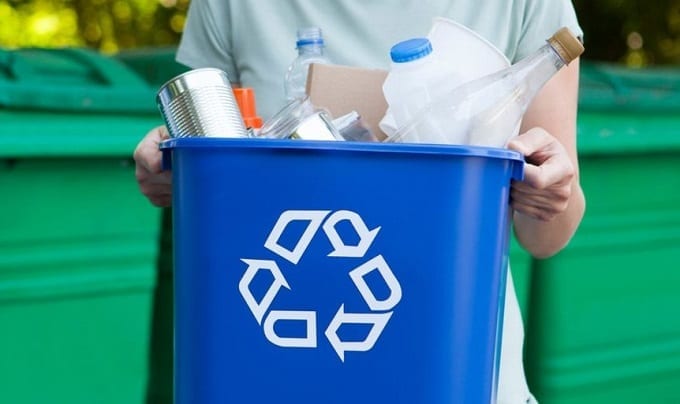
If the environmental impact isn’t enough, there are a lot of other reasons that you should start recycling, or increase your efforts if you already recycle. These include:
Job Creation
More recycling-based jobs are created every day, and it’s something that will never stop.
If we’re excessively recycling, it will continue to improve that sector, even as efficiency through artificial intelligence improves and finds more spots in the workplace.
Recycling is a labor-intensive job that is usually government subsidized, meaning you’re not just helping to create jobs, but good jobs with benefits.
Saves Marine and Wildlife
We’re messing things up at an accelerated pace, but it’s wildlife and marine life that are paying the price before humans do.
Plastic pollution and a lack of recycling has become such as problem, that it’s causing whales to die and wash up on the beach.
If it’s taking down behemoths like these, imagine what it’s doing to smaller marine life that we can’t even see. Pollution is already at a critical boiling point.
Reducing Our Velocity
The more we recycle effectively and practice eco-friendly, green habits, the less energy we need to produce as a society.
Recycling is one of the fundamental building blocks behind solving our energy crisis, and while putting that glass bottle in the blue bin in your kitchen might not lower your light bill, it affects things on a larger scale.
It’s extremely energy efficient to recycle and reuse materials like glass and steel.
If we could recycle and reuse more materials instead of creating new ones, it would lower refinery energy consumption and emissions.
Environmental Benefits of Recycling
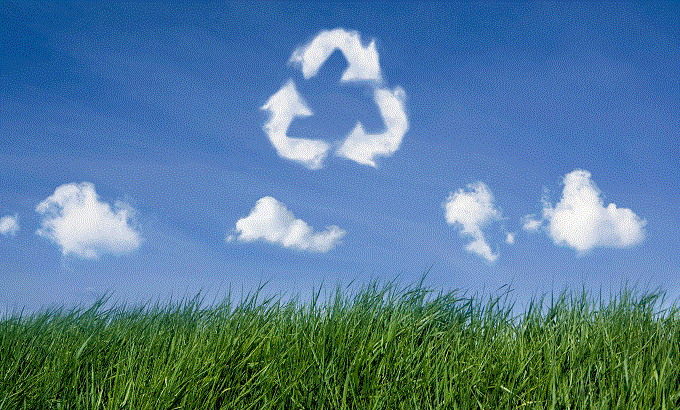
Glass, steel, aluminum—these are three of the most-used materials in our global economy today.
Nearly 100% of it can be recycled, and it can be converted/melted down to make new materials an infinite number of times.
There’s no limit to how many times you can recycle goods like these, yet people still produce massive amounts of these raw materials
Creating new materials is harmful for a number of reasons: mining, factory emissions from production, additional transportation (bulky materials like these usually come from overseas).
The horrible truth is that global giants like America and China aren’t recycling enough.
Countries like Germany, Japan, Switzerland, Austria and South Korea recycle at least half of their municipal waste, if not more.
While there’s still room for improvement, these countries are leading the charge and reducing their impact on the environment.
When most household waste (including food scraps) break down in landfills, they’re not able to biodegrade properly.
They’re sitting in a sea of chemical-ridden products that make decomposition a real chore, and often times an impossible task.
Instead of breaking down normally or composting, it’s turned to methane, which is over twenty times more harmful than carbon dioxide for our atmosphere.
Recycling keeps a lot out of the landfills, and landfills aren’t just convenient mounds of trash—they’re poisoning the soil and the water.
Soil fertility is how lively the soil is and how likely that new life will grow within it, but the slow breakdown of toxic materials and the release of chemicals can kill the soil, and any hopes of plantlife spawning from it.
When it comes to the water, ammonia, metals, and pathogens wash away with the rain or soak into the soil.
Whatever amount of water does get drained from the landfill heap can enter our streams and eventually oceans, and de-oxygenate the water, making it impossible for most marine life to exist.
You may have seen these referred to as dead zones before, and they’re a growing problem.
How to Start Recycling
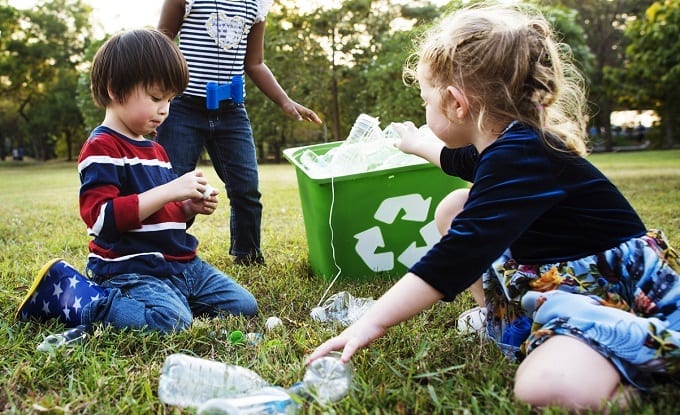
It would be great to just say, “Recycle more,” but that’s vague advice that everyone else is giving.
Let’s actually discuss a fundamental approach to recycling, and how you can get started right away with steps and tasks to complete that will make an impact.
Step 1
Join a recycling program.
Most cities have recycling programs offered through waste management services, though not all of them are included with your waste service.
You need a designated recycling bin or barrel to begin recycling. If you don’t have one, pick up the phone now and call your city waste management for more information on how to get one.
They will either let you come and pick up a barrel, or the recycling truck will leave it at your house on the day that it passes by on your normal route.
Step 2
Print out a list of acceptable items from your local recycling center.
Some of these items are drop-off only, such as microwaves, single-use batteries and other similar items, but that’s okay.
Put this list of acceptable drop-off items on the side of your fridge and every time you go to throw something in the garbage, look at the list and see if it can be recycled instead.
Consider purchasing a separate container in your home just to hold drop-off items.
Step 3
Check out online forums and sites like Craigslist to see what you can recycle through there.
If you’re getting rid of an old couch, then the saying goes “One man’s trash is another man’s treasure.”
Someone wants it, but not if it’s left at the curb and sodden from a recent rainy day. Recycling is all about putting things to good use that would otherwise end up in the landfill or ocean.
Someone can salvage or utilize the materials in larger items that you’re throwing out.
Step 4
Recycle products in your own home.
Maybe you do have some single-use plastic shopping bags laying around that can be used to store old clothes, or tattered bed sheets that you can make into curtains or a tablecloth.
Recycle whatever you can in your own home first. This hits home on all three fronts of reducing, reusing, and recycling.
It would be nice if everywhere in America, we were onboard with the idea of recycling everywhere, but some cities still don’t have programs.
There are independent recycling centers that take advantage of this, and give you a way to recycle (usually only with drop-offs).
Even if you have to go a little way outside of your usual driving area, make a once-monthly trip with a load of recycling if possible.
Everything You do Can Help Fix the Pollution Problem
Five trillion pieces of plastic in the ocean.
Nearly one trillion plastic bags produced annually. Landfills are poisoning our soil. It’s not an easy task to reverse all this, but everything you do can help to slow down the global pollution problem.
Don’t let anyone tell you that you aren’t making an impact; we need to do this collectively.

